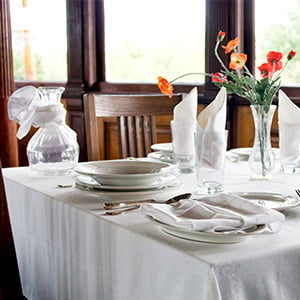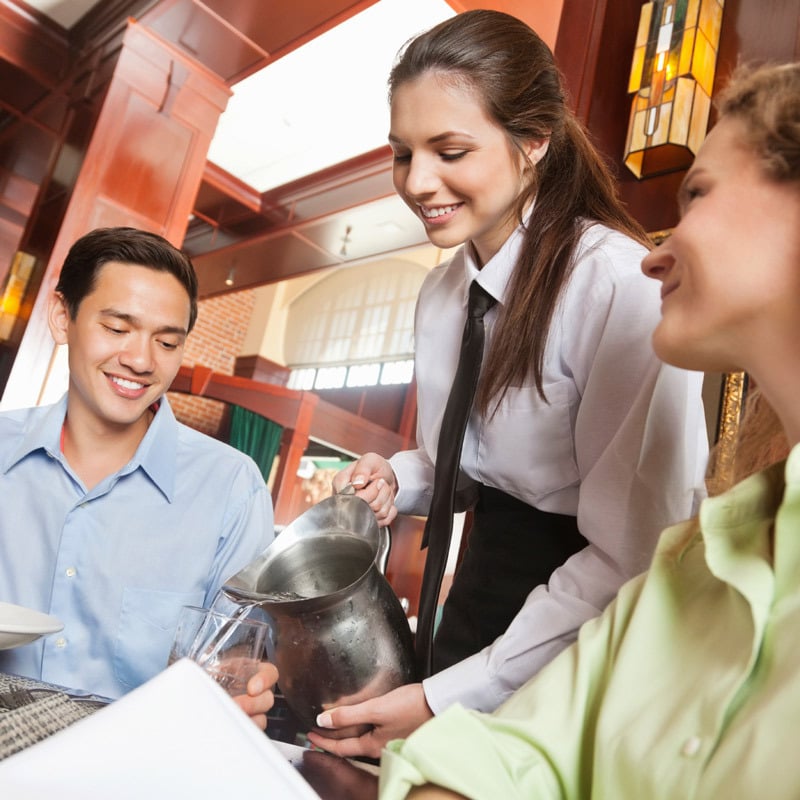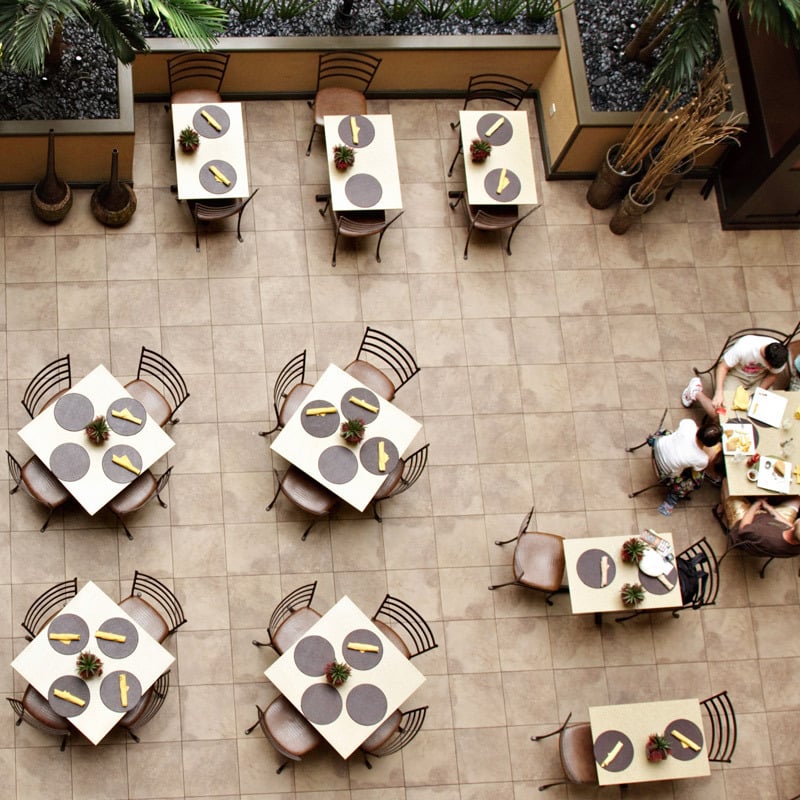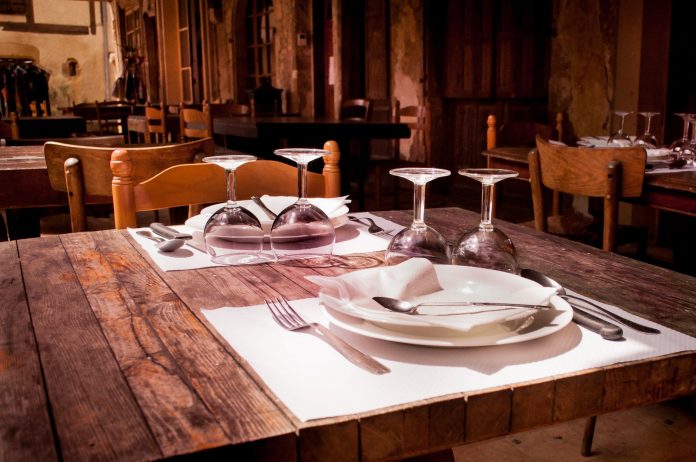
In the eatery business, table turnover rate is precarious to ace: you need to situate however many gatherings per feast administration as could be allowed, yet you would prefer not to make your clients feel surged or overlooked. Most easygoing eateries intend to turn each table multiple times all through a supper administration, or once consistently and a half. While this sounds basic enough, it tends to be hard to accomplish when no doubt about it “campers,” or burger joints who keep on remaining situated at their tables long after they’ve paid their checks. This kind of client can contrarily affect a café’s course through rate, which at last brings down benefit. To help expand table turnover in your café without appearing to be unwelcoming, make certain to pursue a portion of our tips beneath.
Fine Dining Vs. Casual Dining
Perhaps the greatest factor to consider before putting any of the tips beneath without hesitation is whether you claim an easygoing or high end foundation. While most easygoing eateries center around higher course through rates, white tablecloth organizations are increasingly worried about client experience. If it’s not too much trouble note that the majority of these tips apply for the most part to easygoing eating foundations, however they can in any case be adjusted and utilized in your high end café to expand table turnover rates.
1. Have an Organized Seating System
One approach to amplify table turnover is to have a sorted out seating and reservation framework. With the end goal for this to occur, there must be extraordinary correspondence among servers and hosts. When a server gathers the check and flag the busser to begin tidying up tables, they should caution the hosts that their table will open up in all respects in no time. This will enable the host to assemble the following party in line and have them prepared to be situated very quickly. The sooner has can get clients to their tables, the less time those tables will sit void. To help improve your seating framework and get clients situated all the more rapidly, pursue a portion of the tips underneath:
- Pre-dole out tables to visitors holding up in line, so when they open up, visitors can be situated.
- Have a holding up region close to the host or leader stand, so has can without much of a stretch discover clients when they’re prepared to be situated.
- There’s nothing more regrettable than considering a gathering’s name on various occasions, just to discover they’re holding up outside.
- Acknowledge just stroll in clients, so you don’t host to manage no-show gatherings who reserved a spot.
2. Keep Your Serving Staff On Schedule

Another way to keep each party’s dining experience around the one and a half hour mark is to keep your serving staff on schedule. If a server doesn’t show up to a table right away, they’ve already added time to that table’s occupancy. Even worse, nothing’s more aggravating for hungry customers than waiting a long time for their server to come over and introduce themselves, let alone take their orders. We’ve provided some tips below that will help keep your staff on schedule throughout the entire meal:
- Take drink orders immediately, and bring out water promptly.
- Ask guests if they’ve dined at the restaurant before. If not, go over some menu highlights. Then, you can simply go over the specials.
- If a large party is seated, consider having more than one server assigned to the table.
- Clear off plates as guests finish their meals rather than waiting until they’ve left.
- Assign more than one busser per table to get the remaining dishes cleared quickly.
- Keep pre-rolled silverware and clean dishes ready, so tables can be reset quickly.
- Drop the check off before customers have to ask for it. By placing the check on the table as guests are finishing up their dessert, they won’t have to wait and flag you down when they’re ready.
- If customers continue to stick around long after their check has been paid, and there’s a long line of waiting customers, it is okay to politely ask them to continue their conversations at the bar, so you can seat another party with reservations.
3. Use Technology to Your Advantage
Although paying the check signals the end of a meal, it’s oftentimes a lengthy task. Servers have to collect credit cards, run them back to the register, print out receipts, and deliver them back to the table. This doesn’t even include the time-consuming tasks of splitting the check at the last minute or using gift cards. Even after you’ve delivered the receipts to the tables, customers still tend to take their time writing out their tips and chitchatting. To help expedite this process, consider investing in a mobile POS system, like Ziosk or Square, if it’s within your business’s budget. By using upgraded technology devices, servers can run credit cards and complete checks right at the table in front of their customers or let customers pay when they’re ready to leave.
4. Update Your Dining Room

If your restaurant is really struggling with turning tables, then consider rearranging your restaurant. Placing tables and chairs in the center of the dining room, away from corners and walls, will encourage customers to eat more quickly. Since the middle of the room is often the busiest and most hectic spot in the restaurant, guests will naturally eat faster. Additionally, patrons tend to linger for a longer period of time if they’re seated on furniture that’s anchored to the ground, like booths. It could be beneficial to seat small parties at smaller tables and chairs rather than in booths. It’s important to note that this is most common in casual restaurants where people are paying for quick service and convenience.
Another update you can make to your dining room is changing its interior color scheme. Bright colors, like red, yellow, orange, and green, raise an individual’s heart rate and blood pressure. This excites them and subconsciously encourages them to eat faster, which results in quicker turnover rates. To adjust your establishment’s color scheme, consider painting the walls a vibrant shade, using bold upholstery, adding pictures and accent pieces, or serving meals on brightly-colored dinnerware.
5. Make Your Menu More Compact
While many restaurant owners believe that offering a larger menu will make customers’ decisions easier, it actually makes them more difficult. When individuals are given an overload of choices, it stresses them out and takes them longer to find something they like. Instead, offer a smaller menu that includes only your most popular options. Feel free to switch up the menu with the seasons or offer three unique specials every week. The point is, the quicker your guests decide what they want, the faster their orders will be put in. This leads to shorter dining times and higher flow-through rates.
By making simple changes to the routines of your servers and hosts, or by updating your dining room layout or menu, you’ll be able to get customers in out and the door in a timely fashion without making them feel rushed or unwanted.




